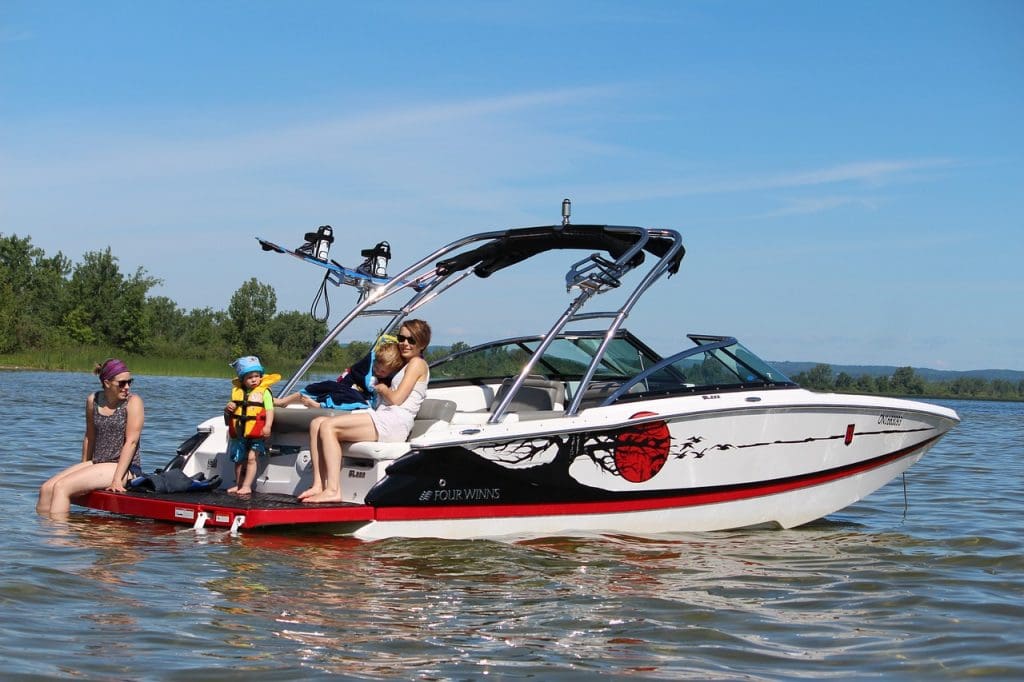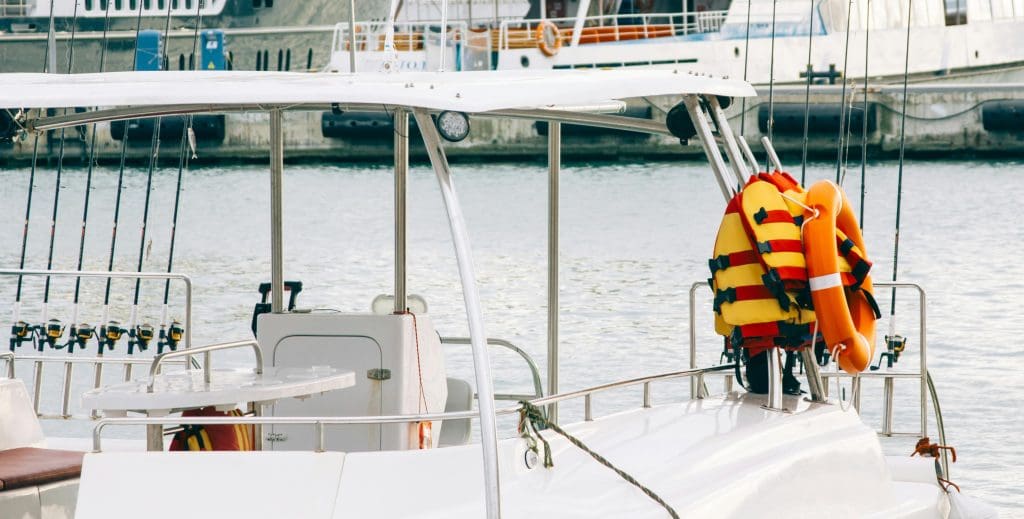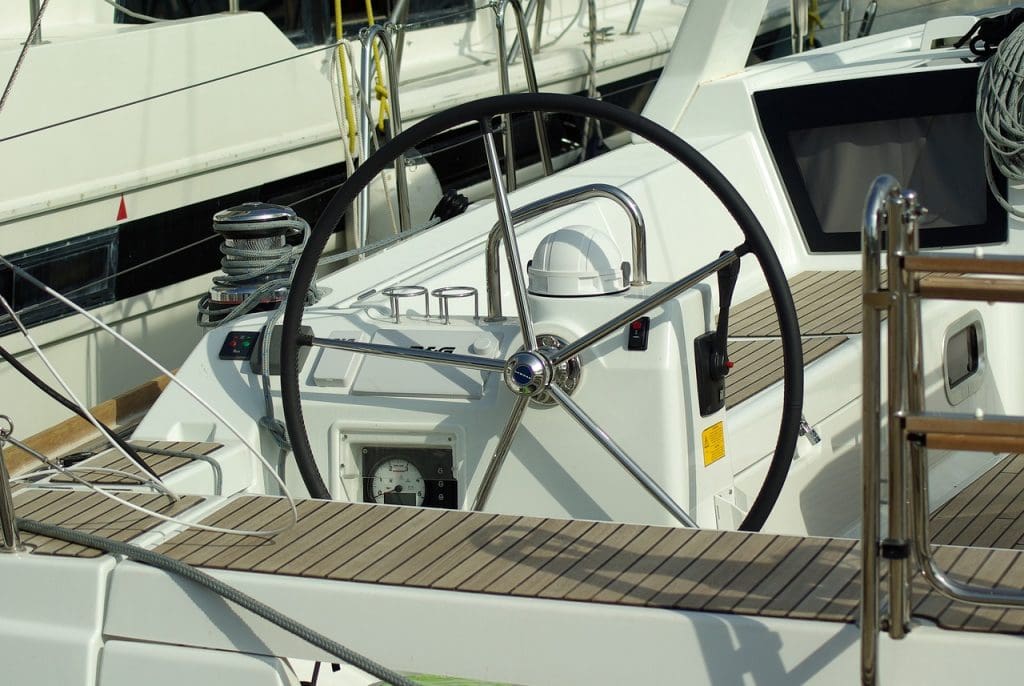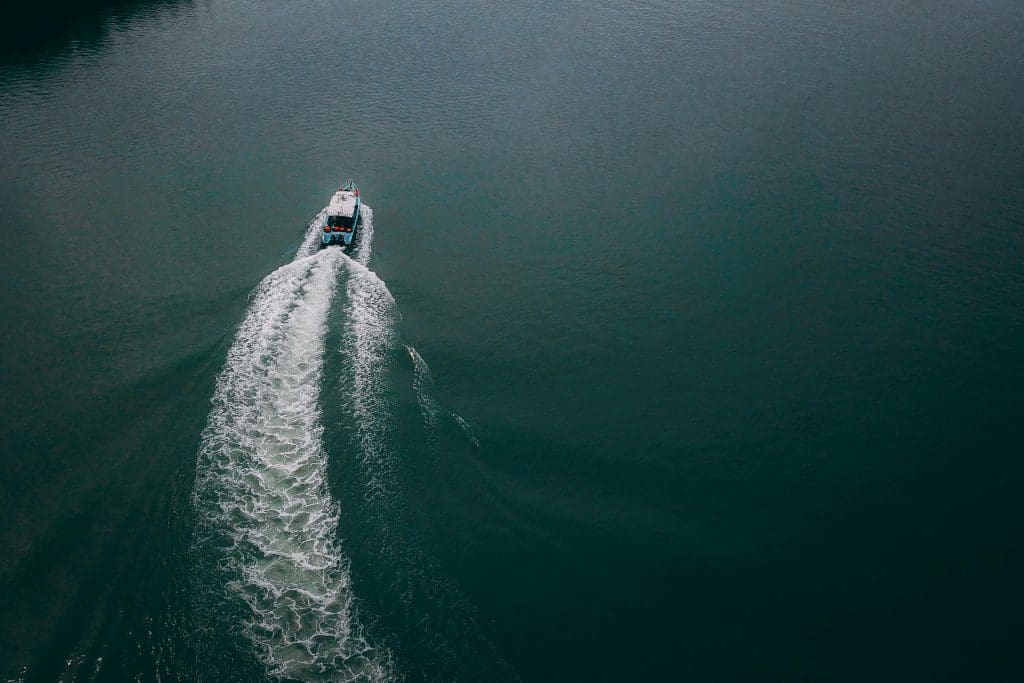Planning to boat in Minnesota? It’s crucial to know Minnesota boating rules to stay safe and compliant with state laws. In this guide, we cover licensing, required safety gear, and operational rules you need to follow.
Getting Your Minnesota Boating License

Securing your Minnesota boating license is the first step toward legally operating any watercraft on state waters. This process ensures that all boaters are knowledgeable about safety and operational guidelines, reducing the risk of accidents and enhancing overall safety on the water. The Minnesota Department of Natural Resources (DNR) mandates that boaters complete an approved boating course to qualify for a license.
We will explain the age-specific requirements for getting a boating license and discuss the Minnesota Department of Natural Resources (DNR) role in enforcing these rules.
Age and Education Requirements
To earn a Minnesota boating license, individuals must complete an approved boating safety course. The mandatory course educates boaters on safety practices and operational procedures. The minimum age to take the online boating course is 12 years old, providing young enthusiasts an early start in responsible boating.
Individuals aged 12 to 17 face stricter requirements: they must complete a safety course to operate boats over 25 horsepower. Similarly, personal watercraft (PWC) operators aged 13 to 17 need to complete this course to operate without adult supervision under PWC laws.
Adults aged 18 and over enjoy fewer restrictions but are still encouraged to familiarize themselves with boating safety principles.
Minnesota Department of Natural Resources (DNR) Guidelines
The Minnesota Department of Natural Resources (DNR) ensures boating safety and compliance. The DNR sets forth guidelines that boaters must follow to maintain safety in Minnesota waters. Boaters are required to report any accidents involving injury, death, or significant property damage to the DNR, ensuring that all incidents are properly documented and addressed.
Essential Safety Equipment for Minnesota Boaters

Having the required safety equipment on your boat is both a legal obligation and essential for a safe boating experience. Minnesota law mandates that all boats carry specific safety equipment, including personal flotation devices (PFDs), fire extinguishers, and sound-producing devices.
We will cover the types of safety equipment required and their importance.
Personal Flotation Devices (PFDs)
Before: Every watercraft in Minnesota must have U.S. Coast Guard-approved wearable PFDs for each person onboard. These devices are essential for safety during emergencies. For boats over 16 feet, an additional throwable PFD is required, emphasizing the importance of being prepared for all situations. Children under 10 years old must wear a PFD at all times while on board, underscoring the focus on protecting the youngest passengers.
After: Every watercraft in Minnesota must have:
- U.S. Coast Guard-approved wearable PFDs for each person onboard
- An additional throwable PFD for boats over 16 feet, emphasizing the importance of being prepared for all situations
- Children under 10 years old must wear a PFD at all times while on board, underscoring the focus on protecting the youngest passengers.
Canoes, kayaks, and other non-motorized vessels must also meet PFD requirements for safety. Proper PFDs are crucial for safety, whether paddling through calm waters or navigating challenging conditions.
Fire Extinguishers
Fire extinguishers are another vital piece of safety equipment. All motorboats operating in Minnesota must have appropriate fire extinguishers onboard, with specific requirements based on the size of the vessel. For instance, motorboats under 26 feet must carry at least one B-I type fire extinguisher, while larger boats require more extensive fire suppression equipment.
Regular checks and maintenance ensure extinguishers are ready for emergencies.
Sound Producing Devices
Horns and whistles are essential for signaling other vessels and ensuring safe navigation. Motorboats 16 feet or longer need sound devices audible for at least half a mile; larger vessels need devices audible for up to one mile.
These devices play a crucial role in preventing collisions and ensuring that boaters can communicate effectively on the water.
Navigation Rules and Right-of-Way

Understanding navigation rules and the right-of-way helps avoid collisions and ensures smooth water operations. These rules dictate how vessels should maneuver in various situations to maintain safety.
We will cover protocols for overtaking and passing, head-on and crossing situations, and interactions between nonmotorized and motorized watercraft.
Overtaking and Passing
The overtaking boat holds the responsibility for safety. The overtaken vessel maintains the right-of-way and must hold its course and speed until the maneuver is complete, just as it would with any other boat.
This rule makes the overtaking process predictable and minimizes accident risk.
Head-On and Crossing Situations
In head-on encounters, both vessels should steer to the right to pass safely. This rule helps prevent collisions by providing a clear course of action.
When crossing paths, the vessel on the right has the right-of-way, and the other must yield.
Nonmotorized vs. Motorized Watercraft
Non-motorized watercraft, such as kayaks and canoes, generally have the right-of-way over motorized watercraft, except in overtaking situations. This rule prioritizes the safety of smaller, less maneuverable vessels.
In narrow channels, all boats should stay as close to the right side as safety allows, ensuring smooth and safe passage.
Operational Conduct and Speed Regulations

Safe operational conduct and adherence to speed regulations are crucial for preventing accidents and ensuring a pleasant boating experience. We will discuss maintaining a safe distance when overtaking and passing, along with speed and conduct regulations on Minnesota waters.
Slow No Wake Zones
Slow no wake zones require boats to operate at minimal speed to avoid creating wakes that damage shorelines or endanger other vessels. You typically find these zones near swimming areas, marinas, and environmentally sensitive regions, where maintaining a slow no-wake speed is essential.
Following these regulations protects the environment and other water users.
Prohibited Operations
Certain operations are prohibited on Minnesota waters to ensure safety and compliance with state regulations. Here are some key prohibitions:
- Reckless behavior, like excessive speeding and ignoring traffic rules, is strictly forbidden.
- Boaters must not interfere with the navigation of other vessels.
- Mooring to unauthorized buoys or markers is not allowed.
These rules ensure a safe and orderly environment on the water.
Lighting and Ventilation Equipment
Proper lighting and ventilation systems are crucial for safe boating, especially in low visibility or when handling hazardous fumes.
We will cover the requirements for navigation lights and the importance of ventilation systems in preventing gas buildup.
Navigation Lights
Navigation lights are essential for visibility and preventing collisions. Motorboats under 40 feet must display a combination light or separate sidelights, along with an all-around light when anchored. Red and green lights need to be visible from at least one mile away. In contrast, white lights must be observable from two miles away.
These requirements ensure boats are easily visible, enhancing overall safety.
Ventilation Systems
Ventilation systems prevent the buildup of explosive gases in motor-powered watercraft. Boats constructed after January 1, 1972, using flammable fuels must have at least two ventilator ducts to remove harmful gases.
These systems include an exhaust duct to the bilge and an intake duct extending midway to the bilge, ensuring proper airflow and safety.
Emergency Procedures and Reporting
Handling emergencies and reporting accidents is essential for all boaters.
We provide guidelines for emergency communication and steps for reporting boating accidents to the appropriate authorities.
Emergency Signals and Communication
Reliable communication devices like VHF marine radios and EPIRBs are vital for alerting authorities in emergencies. These devices allow boaters to call for help quickly, providing location data to rescue teams and ensuring timely assistance.
Accident Reporting
Boating accidents must be reported to the Minnesota Department of Natural Resources (DNR). The report should include the date, time, location of the accident, and information about the injured parties, witnesses, and circumstances.
Prompt reporting ensures that the DNR can investigate and address the situation appropriately.
Use 1-800 Ask Gary to Connect You with Lawyers
Understanding the legal landscape of boating regulations can be challenging. Fortunately, residents of Minnesota can use 1-800 Ask Gary to connect with experienced lawyers who can guide boating laws. This service operates 24/7, offering a quick and free helpline to connect individuals with legal assistance after accidents or for general legal advice related to boating.
Calling 1-800 Ask Gary helps boaters understand and comply with all necessary regulations.
Frequently Asked Questions
What age must you be to take the online boating course in Minnesota?
You must be at least 12 years old to take the online boating course in Minnesota.
What safety equipment is required on all boats in Minnesota?
In Minnesota, all boats are required to have U.S. Coast Guard-approved personal flotation devices, fire extinguishers, and sound-producing devices for safety. Ensuring compliance with these regulations is essential for a safe boating experience.
What should you do in a head-on encounter with another boat?
In a head-on encounter with another boat, both vessels should steer to the right to ensure a safe passage. This common practice helps to avoid collisions and promotes maritime safety.
How can you connect with a lawyer for boating-related legal issues in Minnesota?
To connect with a lawyer for boating-related legal issues in Minnesota, you can call 1-800 Ask Gary, which offers a free helpline for legal assistance.
What must you do if involved in a boating accident in Minnesota?
If involved in a boating accident in Minnesota, you must report it to the Minnesota Department of Natural Resources (DNR), providing specific details such as the date, time, location, and circumstances of the incident.


